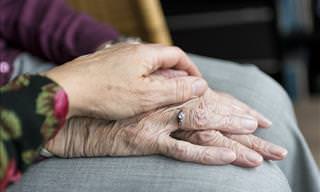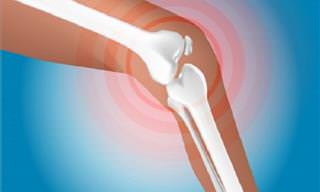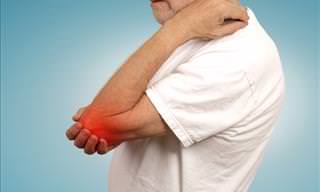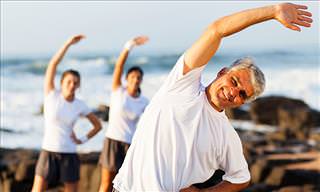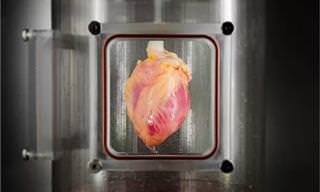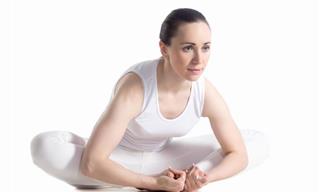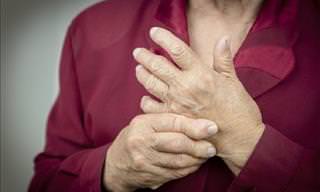Rheumatoid Arthritis is a disease that affects over 17.6 million people across the globe. It doesn't discriminate based on age or gender and can affect anyone. It mostly develops in later stages, above the age of 30 for women and 40 for men. However, nearly 300,000 infants and children worldwide have been diagnosed with some form of the rheumatic condition. But this condition doesn't have to get in the way of your everyday life.
Recent studies have shown that regularly practicing aerobics can have a positive effect on patients suffering from Rheumatoid Arthritis (RA) and can help to really improve their quality of life. It is an amazing way to work out that can give you energy and strength without putting too much strain on your body.
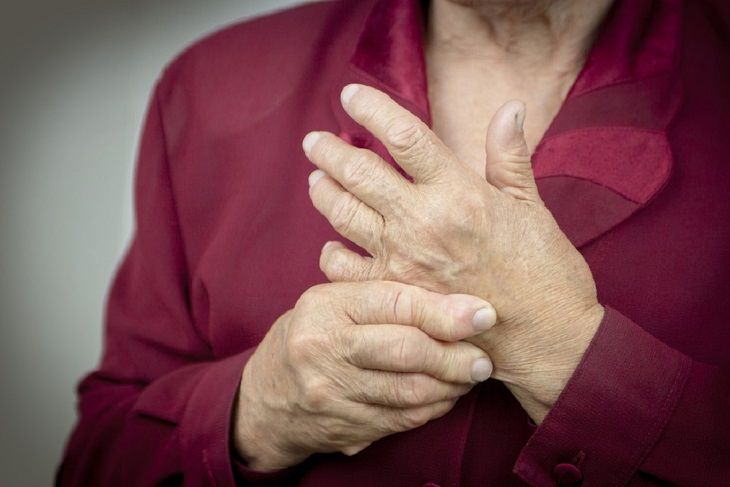
Aerobics has been found to be one of the best types of exercise to improve joint strength, combat fatigue and alleviate pain. It can even help keep you happy, focused and motivated. And the best part about aerobics is that it's easy to do and comes in so many different forms so that you can choose the exercises that work for you. We wanted to share with you what we learned from these studies, and how aerobics can help you. We even have a training video to show you, so you can see a few fun and easy exercises that you can get started with at home!
So, What is Rheumatoid Arthritis?
Most people have heard of Arthritis and have understood it as an ailment that can affect the joints of the body as you grow older. But arthritis is actually an umbrella term for a number of disorders and diseases that result in joint pain. Rheumatoid Arthritis is one such disease and it is an autoimmune disease (meaning it affects the immune system of the body).
Normally, the immune system creates antibodies that attack any foreign substances entering the body. It works to keep you protected from viruses, bacteria, and other dangerous elements. However, in people suffering from RA, the immune system mistakenly attacks the joints causing inflammation of the tissues in the joint areas. This makes the damaged tissue swell, causing severe pain. If this damage and pain go untreated they can also damage to the cartilage (the protective tissue between your joints and bones). This kind of damage can heavily restrict and hinder your mobility and worsens over time.
The Effects of Aerobic Exercise on Rheumatoid Arthritis
Rheumatoid arthritis can be treated with prescription medications that help to alleviate the pain or can reduce or slow down the effects of this disease. There are even surgical options available. However, there are also numerous home remedies that you can try to treat arthritis. One of the most common, and most beneficial ones is aerobics.
Many studies have been conducted to find the effects of aerobics on arthritis. Two such studies were carried out to determine how regularly practicing aerobics can help RA patients. One was to see the effect on general quality of life and pain management. The other focused on reducing and treating fatigue in RA patients.
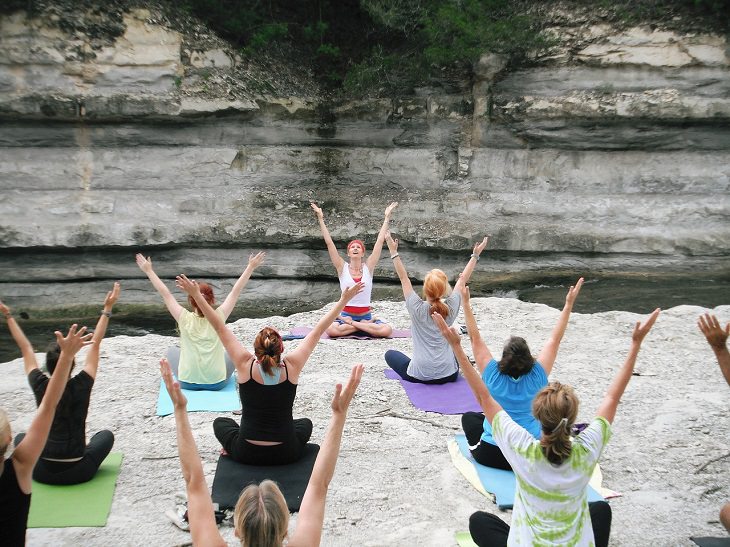
The first study, conducted in 2012, involved the performance of specified strengthening exercises along with aerobic exercises. The aim was to improve general physical functions and mobility. The hope was to also benefit respiratory functions and alleviate pain. The participants were given some leeway to select their own routine, but aerobic exercise of some kind was mandated for at least 3 days a week, for 8 weeks, each session lasting 45 minutes.
A shorter 4-week study had been conducted earlier, which determined that cardio-respiratory aerobics exercises (focused on improving the health of the heart and lungs) could significantly reduce pain and improve functionality. Unfortunately, this conclusion was considered uncertain due to the short duration of the study. However, the results of this study (which was longer) confirmed it. Another observation was made that over larger periods of time, such as the 8 weeks duration of this study, motivation levels of the participants fluctuated. Nonetheless, all participants completed the full length of exercises, though some apparently did so begrudgingly.
It was also found that in patients with Rheumatoid arthritis of the knee, a combination of aerobic and strengthening exercises helped to improve the strength of the knee joints, while an increase in aerobic exercise alone helped to improve the flexibility and extendibility of the knee.
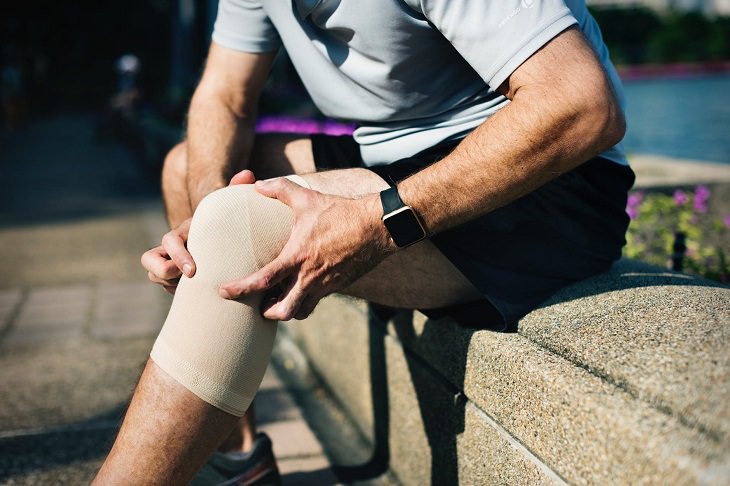
A second study, conducted in 2015, dealt with the treatment of fatigue, one of the symptoms of rheumatoid arthritis likely caused by immobility and joint pain. It required the participants to engage in a minimum of 15-minute sessions of mid to high-intensity aerobic exercises, twice a week for at least 4 weeks. It specifically dealt with the impact of land-based Aerobics.
It was noted that fatigue was a common problem in patients suffering from rheumatoid arthritis, with few treatment options available. Most patients struggle with sudden and overwhelming sensations of fatigue that heavily restrict their day-to-day life. This study was therefore conducted with a goal to find ways to better manage fatigue in RA patients. Aerobics was selected as the exercise of choice because it is easily implemented, and it can be carried out through a number of different exercises. These include but are by no means limited to, cycling, walking and stretching. This makes it among the most common, diverse and deliverable exercises for patients needing to improve mobility.
However, the study was performed to see the effects of aerobics in treating fatigue as a general symptom of rheumatoid arthritis. Due to this the patients selected to participate did not suffer specifically from fatigue-related problems. That made noting the effects of aerobics specifically on fatigue somewhat difficult. Nonetheless, small improvements were seen in the short term (4 weeks) and long-term course (24 weeks).
An important point noted in this study was the need to find the right intensity of aerobic exercises for RA patients. Doing so will ensure the exercises can be continued regularly over a long period, and with the help of clinicians. This is another reason why aerobics was selected for this study, as the intensity of the exercises could also be better regulated.
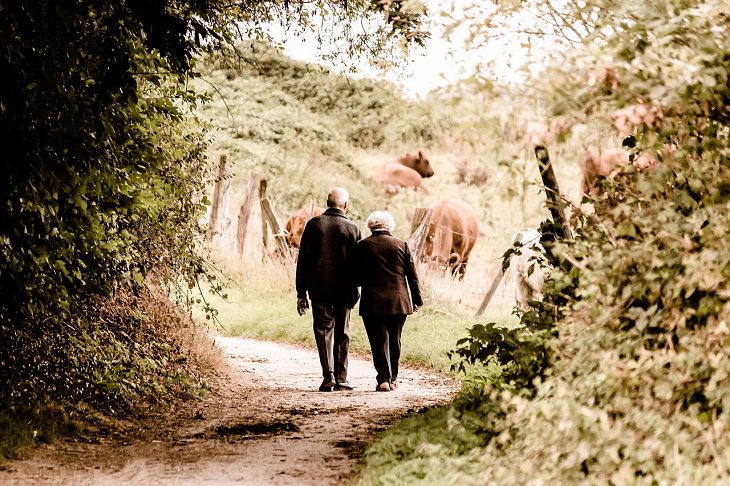
These studies have proven that aerobic exercise can help not only to reduce joint pain and increase mobility but also improve your respiratory functions, keep your mind focused and calm, and help keep your spirits up. Aerobics can also help increase your stamina, your bone density and the strength of your muscles and ligaments. It can make you more active and energetic and help keep you that way. It has the added bonus of being great for your heart and for your metabolism.
Aerobic activities and other strengthening exercises can also help boost your immune system. Exercise, in general, can also help stave off ailments like diabetes, obesity, high cholesterol, high blood pressure, and even heart attacks. Exercise and aerobics are the perfect tools for maintaining your quality of life and staying happy, positive and functional.
If you know somebody afflicted with this awful illness, we hope you share this with them.
For a few aerobic exercises you can do on a daily basis to improve your mobility and your flexibility, take a look at this helpful video:
 Go to BabaMail
Go to BabaMail






































